The murderous history of mimics
We know mimics as treasure chests with teeth, but their origins made for cooler, more complex monsters.
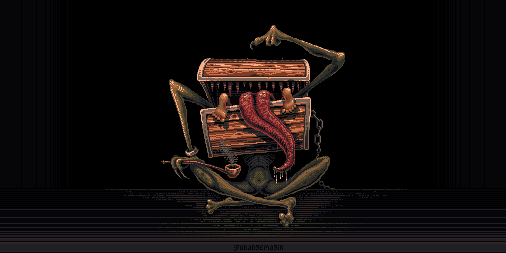
Sometimes it’s obvious. Would there really be a treasure chest in the middle of such an unremarkable room, just begging you to open it? Please. Other times it’s almost impossible to tell. There will be an imperfection in the shape if you’re lucky, maybe a misplaced link of chain on the side or a wood grain that seems just slightly off. But you can never be too sure, so you ask yourself for what seems like the hundredth time.
Is it a mimic?
These days we just want to know if a treasure chest is going to sprout teeth and swallow us whole, but more than 40 years ago, identifying a mimic was a much harder problem. They weren't just treasure chests, and they weren't always mindlessly hungry for the flesh of adventurers. Some could speak and even bargain. Others would attack anything on sight. Some would grow to be the size of houses, others content to live as doormats. Or walls, floors or clothes. Toilets.
Mimics have appeared in hundreds of videogames since the 1980s, usually as nothing more than a hungry chest. But when they first appeared in Dungeons & Dragons, they were so much more than that.
Making a murderer
D&D co-creator Gary Gygax coined the mimics we all know and love (and see in our nightmares) in 1974. Three years later, he gave players a clearer picture of mimics with D&D’s Monster Manual, but questions still needed answering. So, in 1983, Ed Greenwood—creator of D&D’s Forgotten Realms campaign and many of its monsters—wrote The Ecology of the Mimic, which compiled information from scattered lore into one definitive bestiary. He also made up a lot of new details to fill in gaps in player understanding.
“That was and is the fun in D&D for me, making stuff up,” Greenwood tells me over email. “In ways consistent with existing lore, so as to weave new portions of an existing tapestry.”
Before the Ecology, mimics were just shapeshifting subterranean creatures that didn’t like sunlight. Incredibly flexible hermits, basically. But Greenwood delved into everything from how mimics transform to what potions you can make from their innards (polymorph, obviously). He outlined the two basic types of mimics: big stupid killers and small intelligent fiends. He shared the story of one bold mimic which spent two years as a statue sat square in the middle of town, curiously near a sewer vein “filled to a depth of more than 60 feet with human and animal bones.” It’s no exaggeration to say he changed the face of mimics forever.
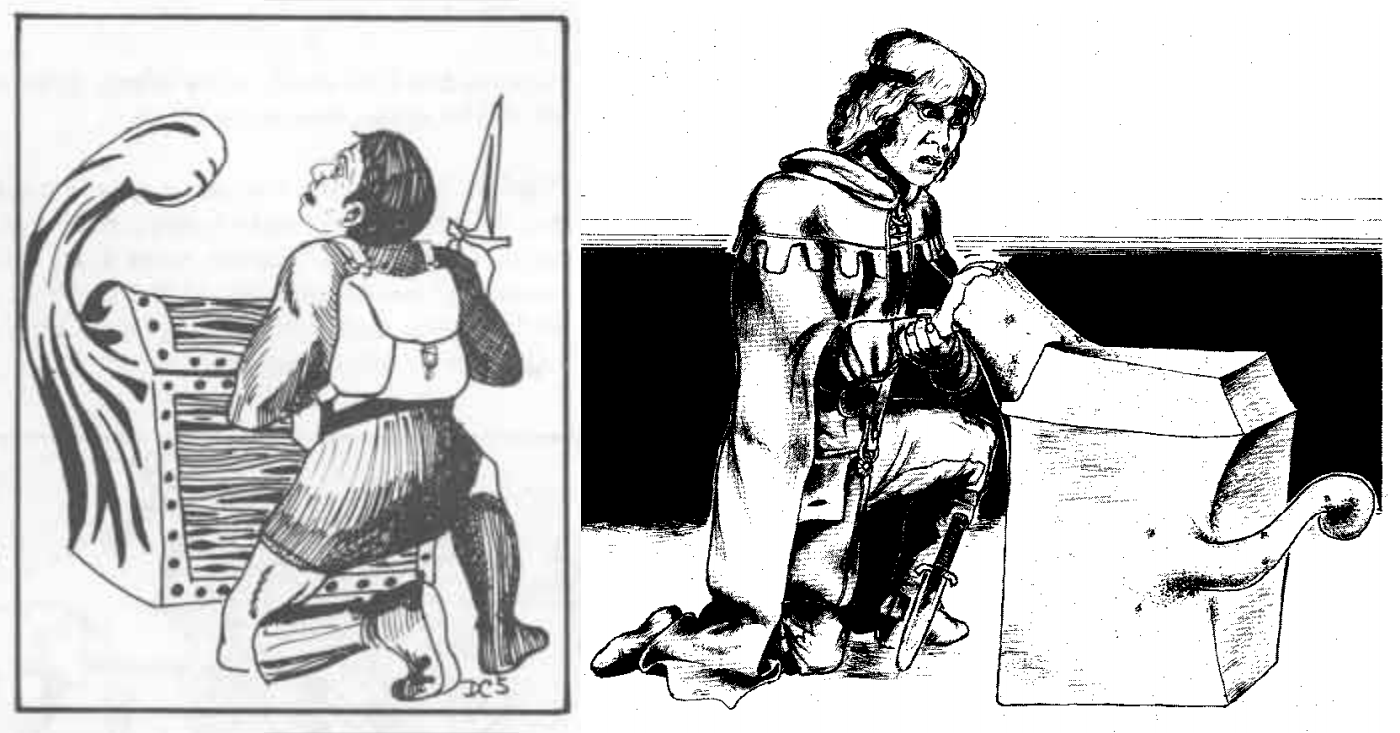
For early PC games like Ultima, creativity was measured in bytes.
Greenwood’s Ecology is probably the closest thing to science to ever come out of D&D, but what’s even more interesting is how the characteristics it laid out influenced the mimics in videogames. Look at the ones in the original Ultima, released in 1980. These are aggressive monster chests that pounce when the player gets close. Sounds remarkably faithful to the Monster Manual, doesn’t it?
The biggest gaming news, reviews and hardware deals
Keep up to date with the most important stories and the best deals, as picked by the PC Gamer team.
Now look at Luggage from Discworld, released in 1995—after Greenwood’s ecology. Luggage is most definitely a mimic, but he’s also your companion. He’s a little disobedient, but sentient, almost dog-like and kind of cute. If nothing else, he’s far more intelligent than Ultima’s mimics. In fact, Luggage is one of the only ‘smart’ mimics in videogames. But why? Greenwood said that mimics are often intelligent enough to speak. So why are most mimics automatically enemies? To paraphrase a certain Doom review, wouldn’t it be something if we could talk to them?
Despite Greenwood's definition of the mimic giving them the power to take any shape, mimics are almost always enemies in games largely because of technology. D&D players have the luxury of interacting with as many NPCs as they can imagine, but for early PC games like Ultima, creativity was measured in bytes. With an Apple II’s specs, there was barely enough room for a fantasy world, let alone rich dialogue. So, to meet gameplay needs, ‘the mimic’ was colloquialized to ‘the monster chest.’
Discworld had a little more wiggle room. Computers had improved since the ‘80s and it wasn’t a fantasy RPG like Ultima; it was a point-and-click adventure game, and those are popular because of their writing and charm. Thus Luggage was born, intelligence and disobedience intact. Hardware and genre influenced the design of both games’ mimics, but both ultimately echoed the then-current standards set by D&D.
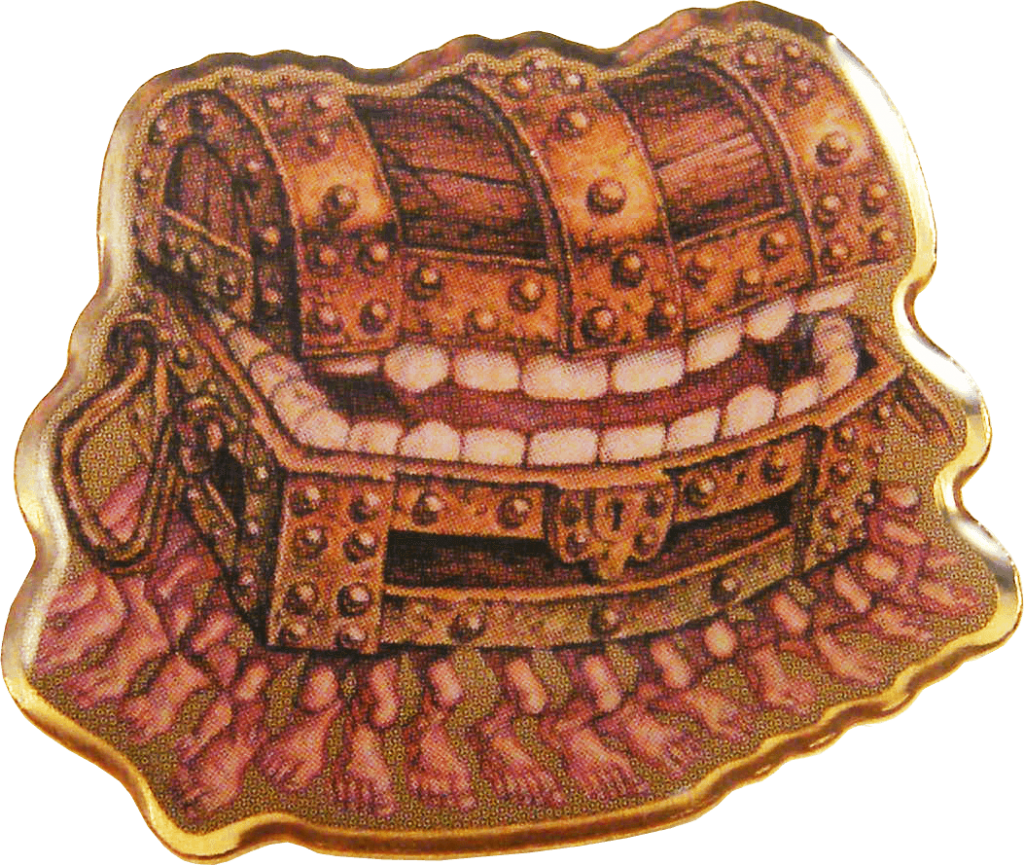
Jump to Baldur’s Gate in 1998. There wasn’t a shred left of the intelligence Luggage displayed; mimics were back to being regular old monster chests. Considering Baldur’s Gate’s wealth of dialogue and how faithfully it emulated D&D’s other systems, you’d think it could have made good use of a wise-cracking mimic or two. But while Baldur’s Gate didn’t have an easy time cramming an isometric RPG into a disc, its mimics were a result of design philosophy more so than technical limitations. Again, the focus here was on exploring a world, and to that end mimics were most useful as a clever way to liven up dungeons. And really, aside from the whole eating people thing, that’s what mimics have always been about: meeting the unique needs of games.
“Mimics are the workhorse shapeshifting critters, the most ubiquitous, versatile and yet low-powered,” Greenwood says. “Unlike, say, [werewolves], they have few strings attached to their shifting abilities, and lack the restrictions on form that most other shapeshifters have… Mimics can be anything, can have any degree of cunning a [dungeon master] requires, and the [dungeon master’s] desired patience, too,” Greenwood says.
Even when videogames are cherry-picking D&D canon, they’re still following it in spirit. Dungeon masters and game designers alike have always used mimics as plot devices and gameplay challenges as needed. So, you know, the more things change, the more they stay the same.
Conventions of mimicry
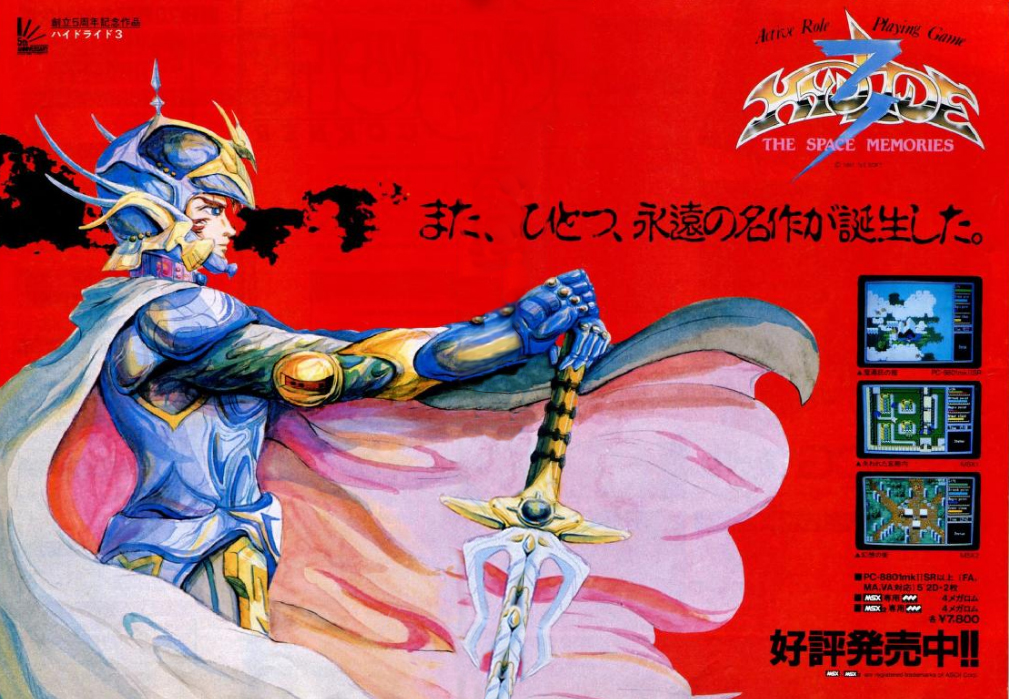
Mimics became a mainstay of Japanese RPGs in the late 80s, which we normally think of as console games. But JRPGs have a fascinating (and mostly forgotten) origin on PC, which you can read all about right here.
After a while, the mimics of early RPGs like Ultima started to influence other videogames as much as D&D did. For starters, focusing on a chest form led videogames to associate mimics almost explicitly with greed and treasure, and they were a convenient way of introducing risk/reward in dungeons. Why do you think mimics usually drop rare and valuable items? Look at Dragon Quest 3’s canniboxes and pandora’s boxes from 1988—alternate variants of the game’s vanilla mimics which appear later and drop better stuff. Look at Avarice, a boss in the more recent Titan Souls that not only is a gilded treasure chest but guards a roomful of treasure.
Perhaps most famously, look at the Symbol of Avarice helmet in Dark Souls, which improves your loot drops and consumes your health. It’s a sister item to the Covetous Gold Serpent Ring, which also ups your loot. Dark Souls treats mimics as symbols of greed on par with snakes, which have been used to represent gluttony for centuries. That’s saying something about how stigmatized mimics have become. I almost feel sorry for the greedy bastards.
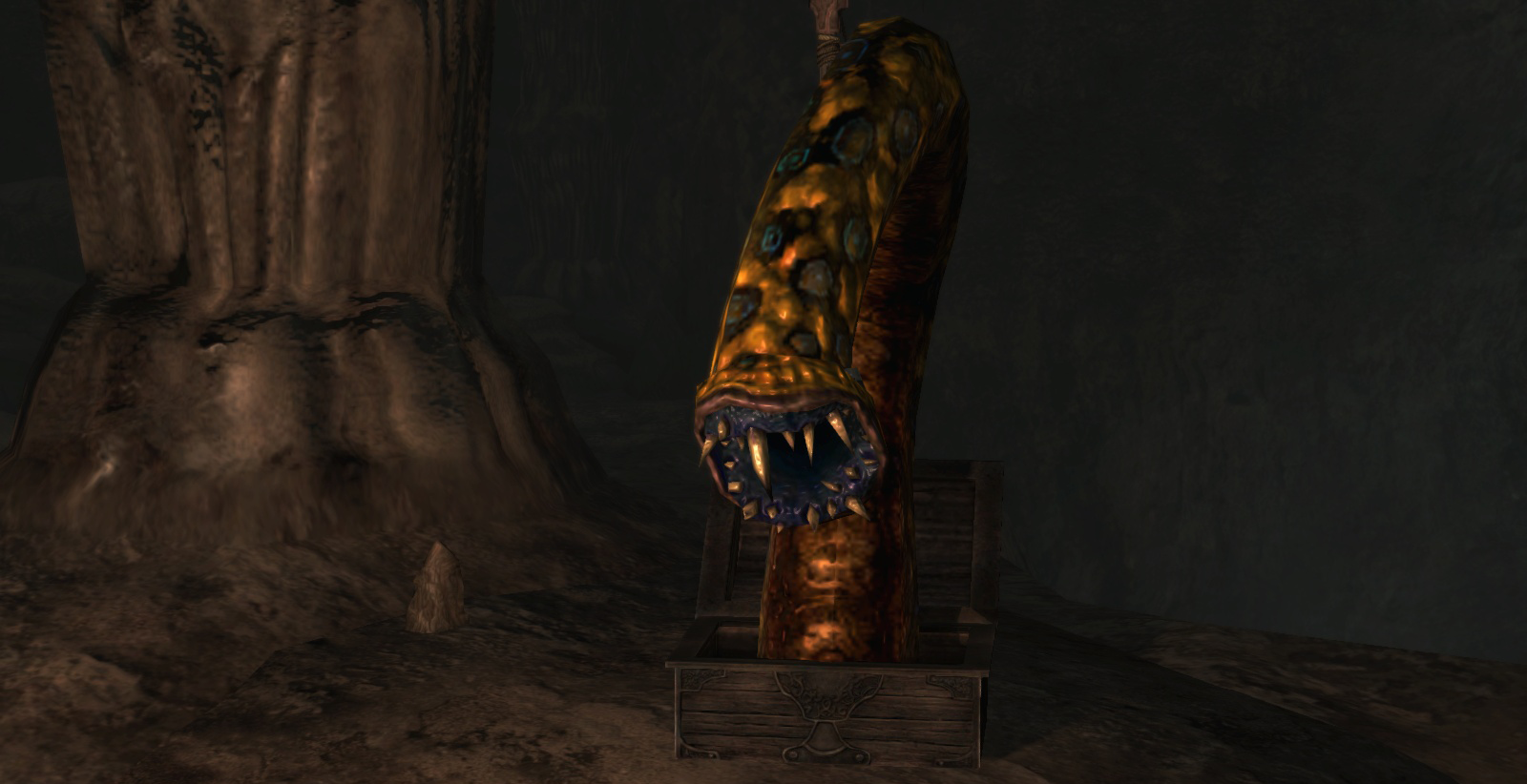
Early RPGs established a relationship between mimics and greed, but they also essentially codified them as chests, which may be why they appear so rarely in other genres or other forms. Toejam & Earl is a rare example from the early 90s, where the mimic took the form of an angry mailbox, attacking you instead of giving you presents. Again, greed is the throughline.
Dark Souls's mimics are gangly, chest-headed monstrosities, easily the most creative and terrifying to appear in a game. They also illustrate how some qualities in Greenwood’s Ecology evolved into gameplay mechanics. From Software held off on making ladder mimics (to the delight of a grateful universe), but Dark Souls’ mimics hide their true bodies and may be bipedal or quadrupedal, which is a subtle remnant of the true shapeshifting of old. The Ecology said mimics are sensitive to heat; Dark Souls’ mimics (and plenty of others) are weak to fire attacks.
Then there’s the “glue” that D&D mimics use to trap victims in place before mauling and eventually eating them. There’s no glue in Dark Souls, but if you get grabbed by a mimic, you likely aren’t going anywhere but a bonfire. In D&D, you have to pass a strength check to escape a mimic; in Dark Souls, you have to have a lot of vitality to survive the bite.
JRPGs like Final Fantasy offer another fascinating example: they don’t technically glue players in place, but you usually can’t escape from encounters with mimics, either. Many JRPGs also streamlined mimics even further. By viewing the fundamental idea of ‘player expects loot, gets a fight instead’ through the lens of random encounters, they created the ‘box of enemies.’ The chest itself isn’t even a monster anymore, just a trigger for a random encounter. Does that make it a mimic? No, but it’s still a different means to the same end, and it’s still hardware dictating design. Random encounters were instituted to free up memory, after all.
Mimics have started to show up more often outside the RPG genre in recent years, though they're almost always still chests. Games like Borderlands 2 and Magicka treat them as easter eggs. Terraria and Enter the Gungeon split mimics into tiers to suit their progression-based combat systems. Torchlight loves to hide mimics in groups of chests.
Others still feature distant ancestors. Shovel Knight’s angler fish boss uses a treasure chest lure to draw in players. The ‘maneater’ in Dragon’s Dogma uses treasure chests like a hermit crab does shells. "Definitely not a mimic," Greenwood said of the maneater. "This is an ‘ambush predator."
Then again, the truest characteristic of mimics in Greenwood's Ecology is that they can take any form. Modern games that ditch the toothy chest are still staying true to that spirit. These things are everywhere if you really look. In other words, stay suspicious, because it’s probably a mimic.

Austin freelanced for PC Gamer, Eurogamer, IGN, Sports Illustrated, and more while finishing his journalism degree, and has been a full-time writer at PC Gamer's sister publication GamesRadar+ since 2019. They've yet to realize that his position as a staff writer is just a cover-up for his career-spanning Destiny column, and he's kept the ruse going with a focus on news, the occasional feature, and as much Genshin Impact as he can get away with.

